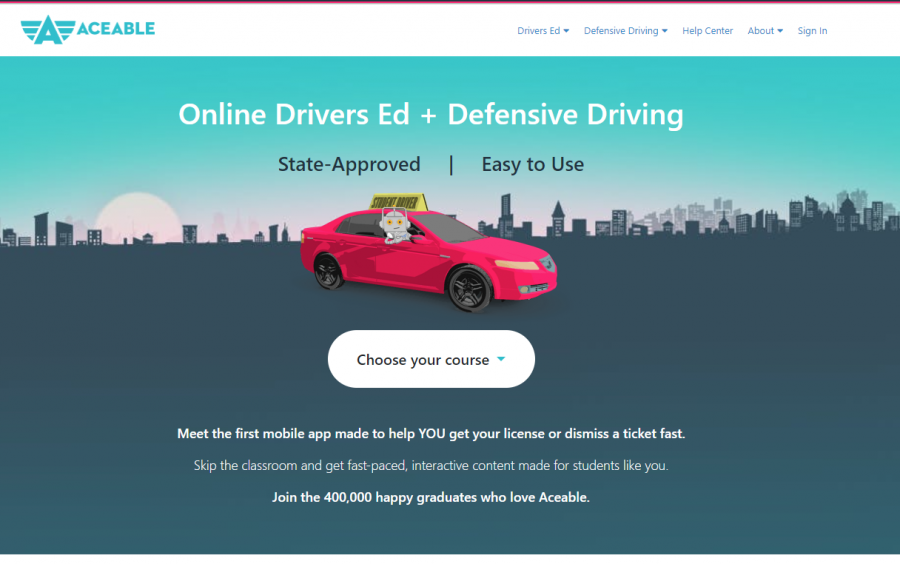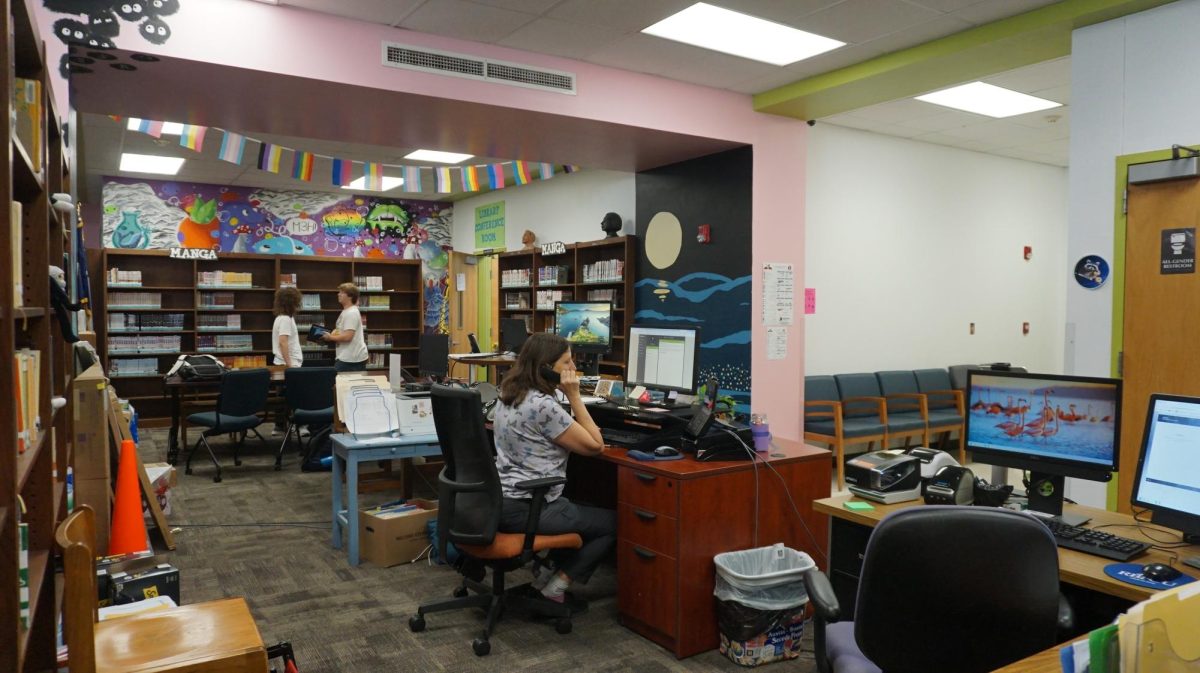For many high-schoolers, getting a driver’s license is very high on their priority list. The freedom of being able to drive a car is something many are willing to work for. For the longest time, the process of getting a license was done in a classroom, followed by behind-the-wheel instruction. But in the modern era, things are beginning to shift. Online driver’s ed courses are growing in popularity, and traditional classroom courses are finding it hard to compete.
The actual material covered in both online and classroom driver’s ed courses is fundamentally the same. They both follow the same driver’s ed process. First, one must get their learner’s permit. This can be done in a few days in the classroom or in eight hours online. Once the student completes the instruction requirements, they can go to the Department of Public Safety to take their permit photo and receive their card. While permitted, students are only allowed to drive while in the company of a licensed adult. They then must wait at least six months, during which they take more lessons. The required instruction courses can be taken either in a few weeks in the classroom or on their own time online.

They must also complete some behind-the-wheel practice, either with an instructor, taught by their parents or a combination of both. After this is all completed, the last step is the driver’s test itself, which can be administered by the DPS or a third party organization. If the student driver is under 18, passing the test gives the driver a provisional license. While they are still a minor, teenagers are only allowed to travel with one other passenger under the age of 18 and are not allowed to drive between the hours of midnight and 5 a.m.
With such a lengthy process, it is important for students to choose a method that suits their learning process and prepares them for the open road. Two of the most popular courses are the Austin Driving School, a more traditional classroom option, and Aceable, which is completed online.
Before deciding which course to take, students have to determine that they want a license in the first place. Many McCallum students are opting to wait until they turn 18, when the driver’s ed process becomes easier. Once they are legal adults, classroom instruction time is no longer required, making the process less expensive.
Some students are simply choosing not to pursue a license, a trend that has been on the rise in recent years. There are a variety of reasons for putting this process off, such as a lack of free time or the high cost of insurance for teenage drivers. With the increase of ride services such as Uber and Lyft, some students are finding it unnecessary to drive a car at all.
“As soon as I get my license, I’ll be on my parents’ insurance, and I’m going to have to pay for at least a portion of that insurance money, which is expensive,” senior Gage Bausman said. “I’d much rather pay like $15-20 to take Ubers with my friends each month.”
This trend is not just among high-schoolers and young adults. Across the board, there are fewer people choosing to get a drivers license than there were only 10 years ago.
“It’s not too big of a hassle [to not have my license],” Bausman said. “I have friends that live in my neighborhood, and we typically go to the same events. I can typically just find rides [with them] or Uber wherever I need to go.”
For those who do wish to earn their license, however, the two main options employ slightly different methods. The Austin Driving School takes place after school for four weeks. For convenience, a driving instructor picks students up from multiple high schools around the city. The class lasts for two hours, and goes from Monday through Thursday. Each day includes instructor lessons, informational videos and short quizzes at the end of each lesson.
After the class portion is completed, the student must take several hours of behind-the-wheel instruction. During this time, the student drives around Austin with an instructor on increasingly difficult routes in a specially modified car that has a brake pedal on the passenger side for the instructor to use if needed. After an hour, they sit in the back seat while another student drives for an hour of “observation.” A student must have eight hours of both driving and observing to complete the course. At home, the student needs to log 30 hours of driving with their parents and fill out a list with several objectives, such as parallel parking and highway driving, both during the day and at night. If they wish, they could take their driver’s test for free at the DPS or for $65 at the Austin Driving School.
Aceable covers much of the same information and practice, just in a different fashion. All work is done on the student’s own time, with no set deadline when it must be completed. The information is presented in a series of videos and informational slides, with questions sprinkled throughout the lesson. As for actual driving, the teaching is done by the parents, and while they are given a rough outline of objectives, it is largely up to the adults to decide the pace of the lessons. After the student has completed the online course and the behind-the-wheel practice, they may take the driver’s test with the DPS or the Austin Driving School, but for a slightly higher rate of $75.
Even though most students get their license sometime in their teens, there are many different times and ways to go about it. To combat the hassle, some are deciding that the the easiest method is just to wait.
“I’ll probably get it before I head to college just to make things easier,” Bausman said “But I’m not really planning on driving anytime soon.”








